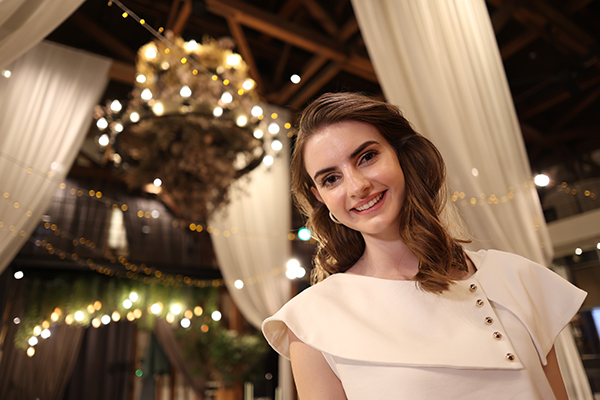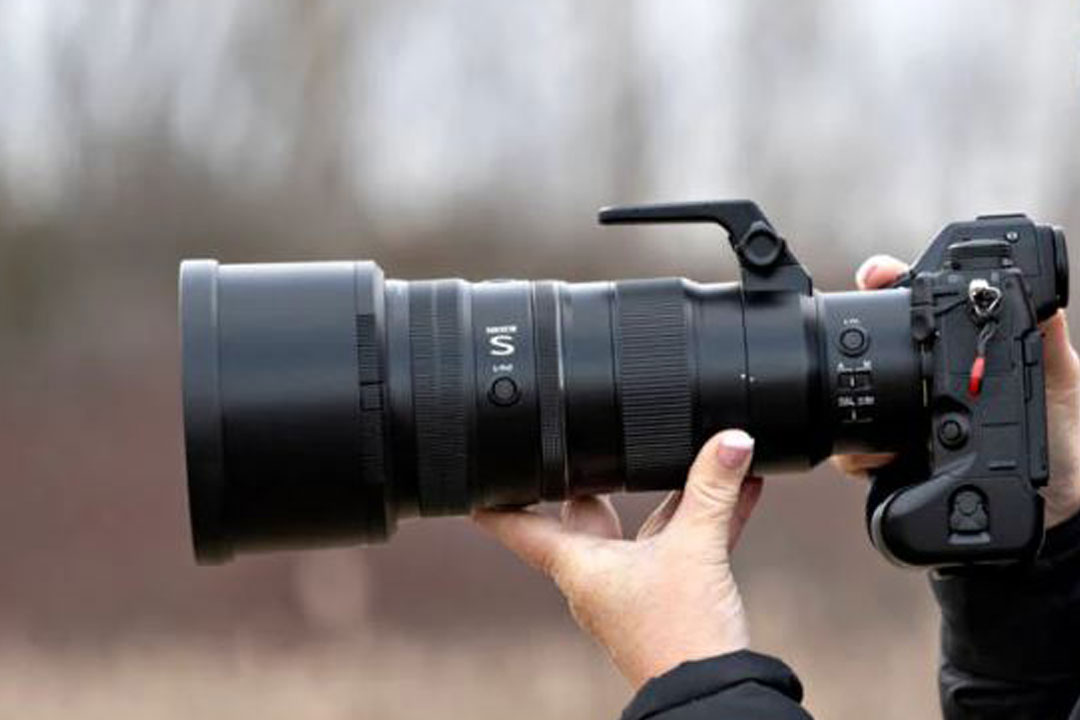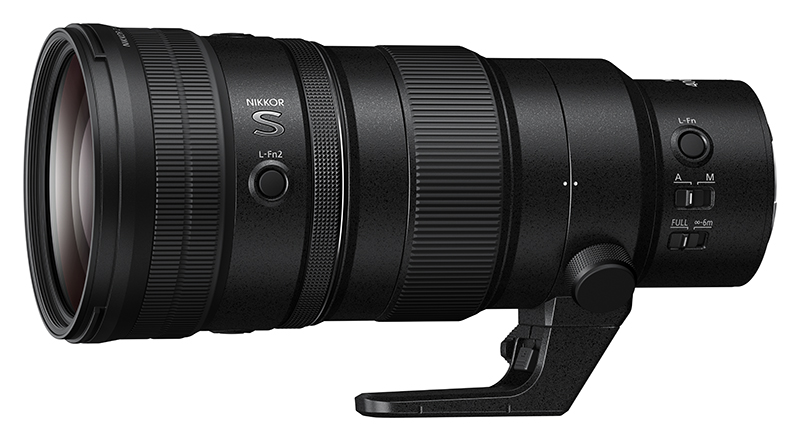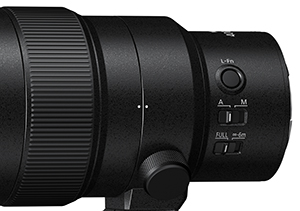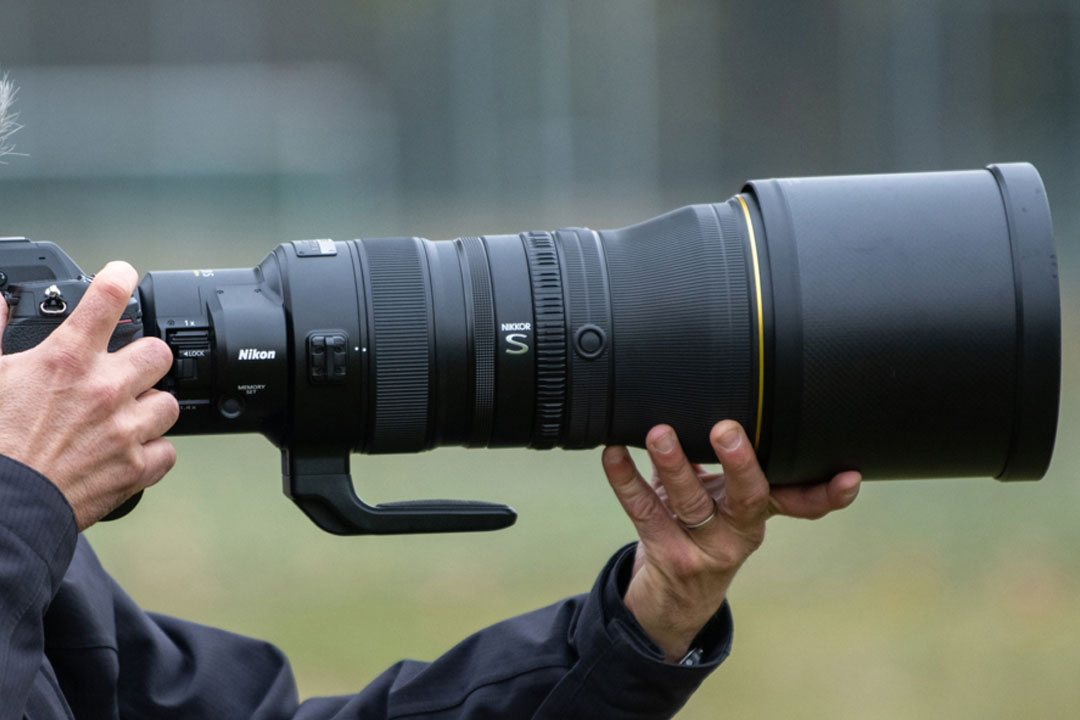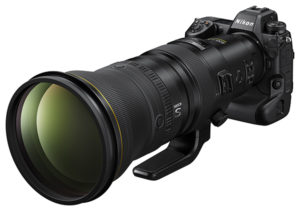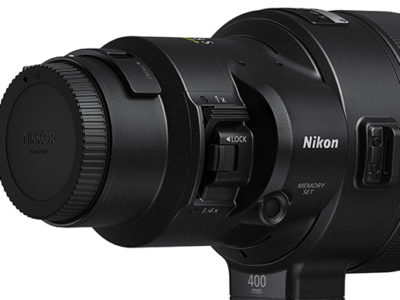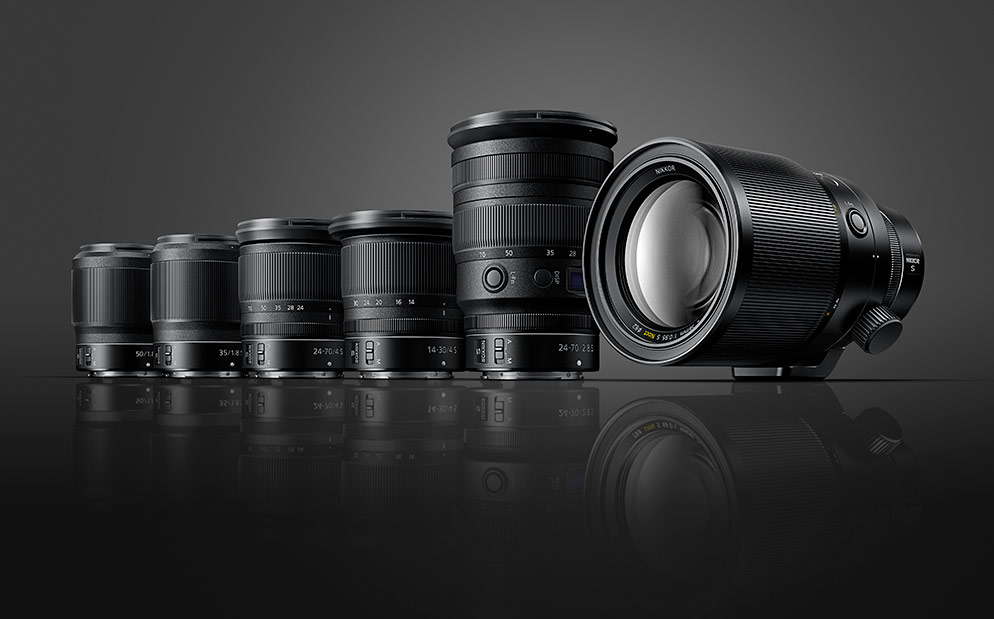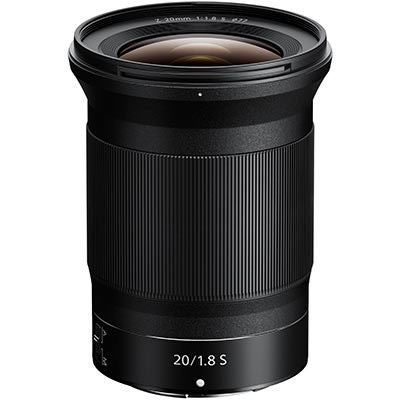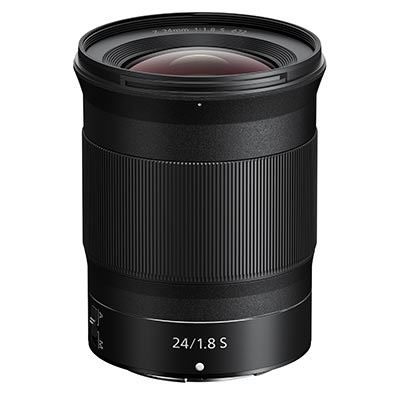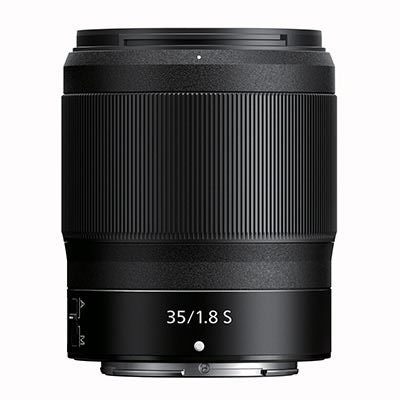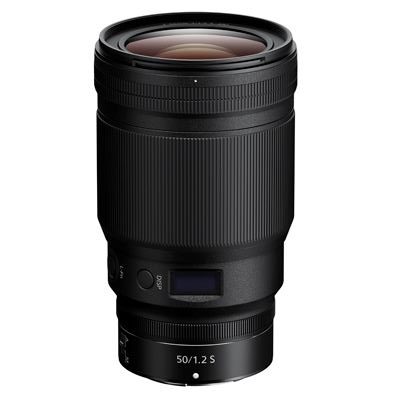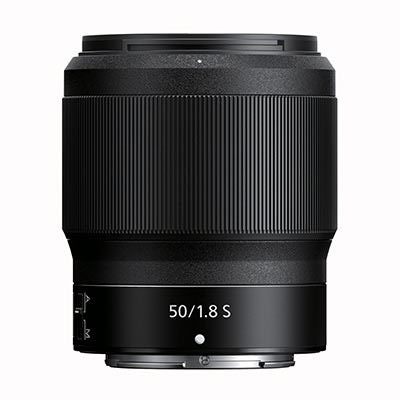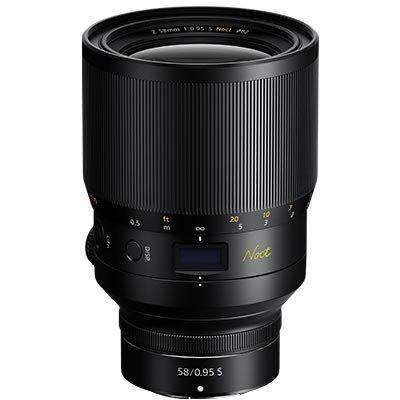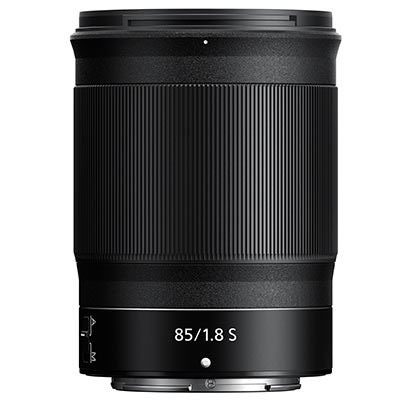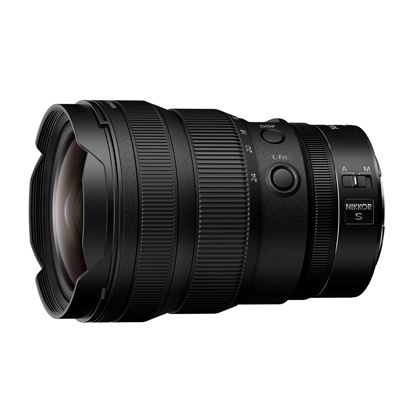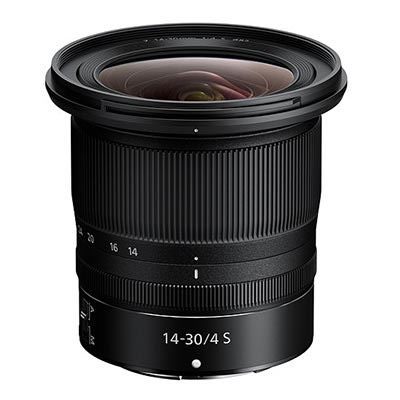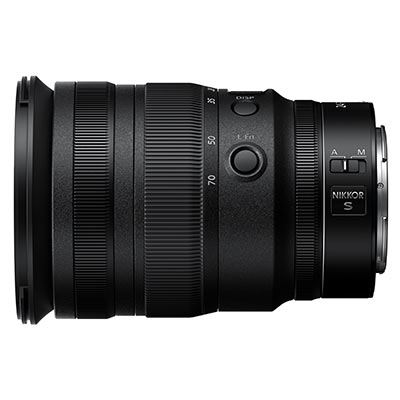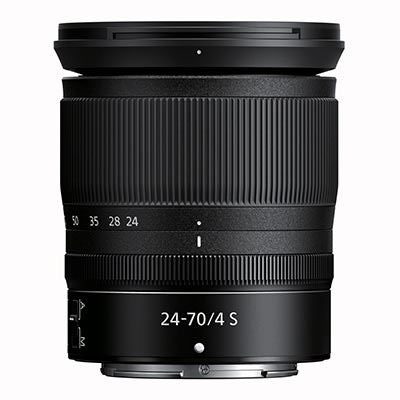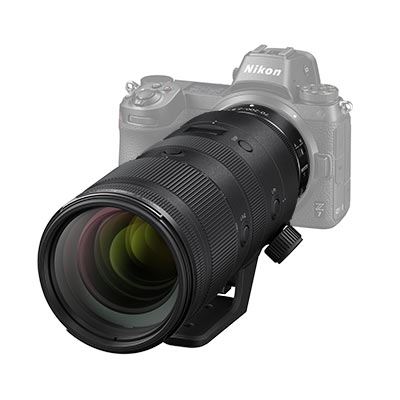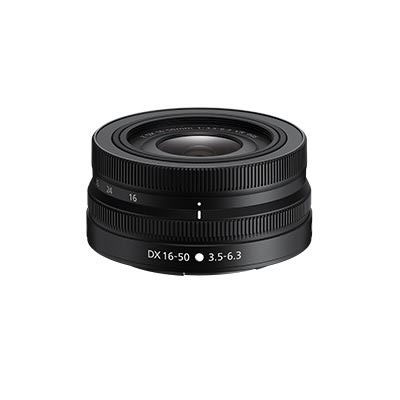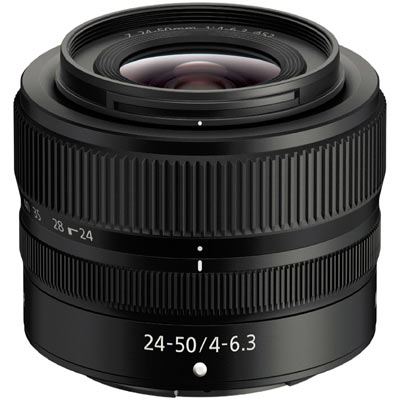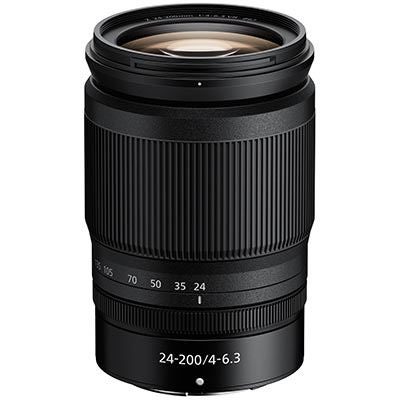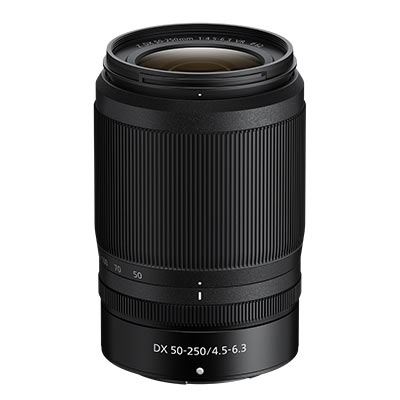Want to start vlogging with Nikon cameras? You’ve got plenty of choice in the mirrorless Nikon Z system, with everything from beginner-friendly APS-C models to powerful full-frame cameras capable of achieving professional-quality results. There are also lots of terrific Nikon vlogging lenses available, so we’ve put together this guide to help you craft your ideal setup for vlogging on Nikon.
We’ve kept this guide to Nikon’s newer mirrorless Z system. While the range of Nikon F-mount DSLRs of course includes a number of cracking cameras, we reckon that vloggers specifically are going to get much better bang for their buck with the Z system. The fact that you can easily mount F-mount lenses onto Z-mount cameras via the FTZ adapter and still get full functionality of features like autofocus and stabilisation pretty much seals the deal.
So, without further ado, here is how to get started vlogging with Nikon.
Best Nikon vlogging cameras

Rather than overwhelming you with a huge list of cameras (many of which wouldn’t really be that suited to vlogging, if we’re being honest), we’ve kept this list to just three Nikon cameras we reckon are well-suited to the vlogger. We’ve got an affordable option for beginners and a camera that sits slightly more in the mid-range – both of which use APS-C sensors. Finally, for those who want the luxurious quality of a larger sensor, we’ve included a full-frame Nikon camera for vlogging.
Best Nikon vlogging camera for beginners: Nikon Z30
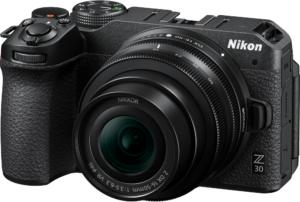
Key specs:
- Mirrorless camera
- 20.9MP APS-C sensor
- Nikon Z lens mount (DX)
- 4K 30p, Full HD 120p
- Ports: Micro HDMI, 3.5mm mic input, USB-C
This is the Nikon Z vlogging camera. While it’s very similar to Nikon’s other APS-C mirrorless cameras (which we’ll come onto shortly), the Nikon Z30 has been designed from the ground up for the vlogging market, much like Sony’s ZV cameras. As such, it’s got a fully articulating LCD screen that can flip-out sideways, and does away with a viewfinder for a more lightweight build.
The Nikon Z30 shoots 4K video at up to 30p – gloriously uncropped, using the full width of the sensor, which makes it easier to get the wide angle of view that’s useful for vlogging. It has plenty of external physical buttons and controls, many of which can be customised to the user’s preferred functions, and there’s a 3.5mm input for attaching an external mic. There’s no headphone output sadly, but otherwise, the Z30 really does tick a lot of boxes for vloggers. One thing to note though is that there’s no sensor-based stabilisation, so you may want to invest in a gimbal if you’re going to be doing a lot of run-and-gun filming.
Nikon’s video autofocus generally performs pretty well, with solid Face and Eye detection. There’s also the handy option to shoot in Nikon’s ‘Flat’ colour profile, with low contrast and low saturation, designed to maximise dynamic range for greater ease in colour grading. This isn’t quite a Log profile, but it’s a simple, easier-to-handle equivalent that is realistically going to be good enough for a lot of vloggers – many of whom are more concerned with being able to process video efficiently than they are with spending hours getting the colour grade exactly right.
As an APS-C Nikon Z camera, the Z30 shares the same issue all its siblings do – the fact that there are relatively few crop-sensor lenses for the system. There are a few good ones for vloggers, which we’ve listed in our lens section further down this post. However, we would like to see this range expanded with more options as the system continues to mature.
Pros:
- Lightweight, affordable camera
- Excellent 4K 30p video uses full width of sensor
- Good control layout with customisable buttons
Cons:
- No headphone output
- Limited lens selection
Best Nikon vlogging camera with a viewfinder: Nikon Z fc
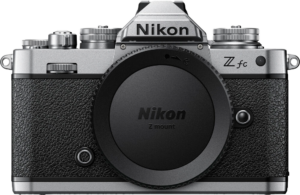
Key specs:
- Mirrorless camera
- 20.9MP APS-C sensor
- Nikon Z lens mount (DX)
- 4K 30p, Full HD 120p
- Ports: Micro HDMI, 3.5mm mic input, USB-C
In many ways, the Nikon Z fc is a very similar prospect to the Nikon Z30. It uses a 20.9MP APS-C sensor, and also sports a flip-out LCD screen that’s useful for vlogging. This is the key difference between these two cameras and their third APS-C stablemate, the Nikon Z50, which only has a tilting screen. So, why might one opt for the Nikon Z fc rather than the cheaper Z30?
The first big difference is that the Nikon Z fc offers an electronic viewfinder, whereas the Nikon Z30 does not. Yes, we’re all told that vloggers don’t care about viewfinders, and that’s why the Z30 doesn’t have one. But there are many reasons you might at least want the option to use a viewfinder instead of solely relying on the LCD screen. If you shoot stills in addition to video, or incorporate stills into your vlogging in some way (e.g. you vlog about photography), then you’ll appreciate having a viewfinder – and even some pure vloggers prefer to use one from time to time!
With a retro SLR-styled body and plenty of manual controls, the Nikon Z fc is an intuitive and satisfying camera to operate. Like the Z30, it also has a high-speed USB-C connection that can be used for hot-charging or streaming.
While the Z30 offers better value for money for pure vloggers and beginners, the Nikon Z fc has a lot to recommend on its own terms, and is especially well-suited to hybrid creators who mix in a little photography with their vlogging.
Pros:
- Stylish design with great control layout
- Electronic viewfinder
- Flip-out screen
Cons:
- Pricier than Z30, and offers identical video quality
Best full-frame Nikon vlogging camera: Nikon Z6 II
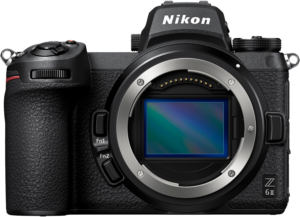
Key specs:
- Mirrorless camera
- 24MP full-frame sensor
- Nikon Z lens mount (FX)
- 4K 30p (4K 60p with crop), Full HD 120p
- Ports: Mini HDMI, 3.5mm mic input, 3.5mm headphone output, USB-C
One of Nikon’s more affordable full-frame mirrorless cameras, the Nikon Z6 II offers an all-rounder feature set with plenty to tempt the serious vlogger. It shoots clean and punchy 4K 30p video, which can be bumped up to 4K 60p if you don’t mind a minor crop. One thing we also like is how intelligently the settings are laid out, with stills and video nicely separated. It’s an easy camera to pick up and use.
If you’re an outdoor or travel vlogger, you’ll appreciate the Z6 II’s weather-resistant body, constructed from magnesium alloy with rubberised coverings to protect the ports. The mini HDMI (more robust than micro HDMI but not quite as bulky as full-size) allows for hooking up an external recorder, which introduces more options such as capturing 10-bit footage. Having sockets for both headphones and a microphone is very welcome, as are the dual card slots with CFexpress and UHS-II SD compatibility.
Unlike the APS-C models, the Nikon Z6 II benefits from 5-axis in-body stabilisation, which is fantastic for keeping footage smooth while shooting handheld on the move. The video autofocus is fast and responsive, even when the light gets low, and the Z6 II benefits from Eye and Face Detection modes.
Something we should acknowledge – no, the Z6 II does not have a fully articulating screen that can be flipped around to face the front. This is just a fact of life with full-frame Nikon Z cameras. You can argue that Nikon missed a bit of a trick given how well-specced the Z6 II is for video, but in any case, it’s not necessarily a deal-breaker – it’s not like anyone was going to be holding this full-frame camera at arm’s length to record themselves.
Otherwise, the Z6 II provides a pretty optimal balance between performance and price in the Nikon full-frame range. Any of the more expensive models like the Z7 II, Z8 or Z9 would mostly just give you a load of features that as a vlogger you probably don’t need, and the cheaper Z5 is really a stills-oriented camera, hampered for vloggers by its single card slot, vicious 4K crop and pernicious rolling shutter.
Best Nikon vlogging lenses

Whether you’re shooting full-frame or APS-C, the Nikon Z system has plenty of lenses to kit yourself out with for vlogging. If you’re going to be shooting in different locations and situations, then you’ll probably want at least one standard zoom and one fast prime to cover yourself for all eventualities. We’ve picked out a selection here, with options for all different budgets.
Nikon Z 12-28mm f3.5-5.6 DX PZ VR
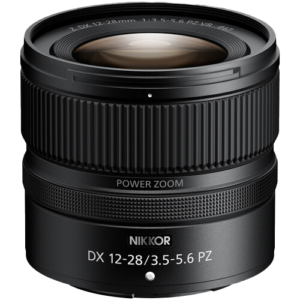
This Power Zoom lens is designed for DX-format (APS-C) cameras like the Z30 and Z fc. It provides an equivalent focal range of 18-42mm, providing a wide enough perspective for vlogging purposes, and the Power Zoom functionality means that zoom transitions are smooth, and can be triggered remotely. The optical design of the lens includes extra-low dispersion and aspherical elements, ensuring top-notch sharpness throughout the zoom range
Nikon Z 16-50mm f3.5-6.3 DX VR
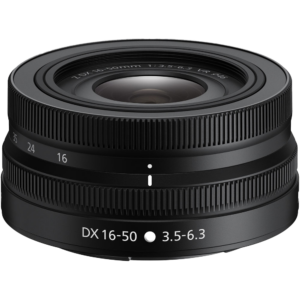
This capable lens for DX-format cameras is equipped with Nikon’s stabilisation technology, Vibration Reduction (VR). Given the fact that Nikon Z APS-C cameras don’t have built-in stabilisation, this can be a real lifesaver in a handheld shooting situation. The Nikon Z 16-50mm f3.5-6.3 DX VR is a slim ‘pancake’ lens that adds very little footprint to your camera, and it focuses quickly and quietly. The maximum aperture drops quite sharply as you zoom in – but as a vlogger, you’ll probably mostly be favouring the wide end anyway.
Nikon Z 50mm f1.8 S
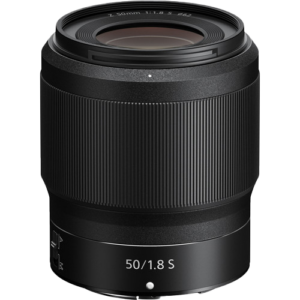
You can’t go wrong with a nifty fifty. The Nikon Z 50mm f1.8 S is a cut above some of the cheaper 50mm primes available for other mounts – as evidenced by its status as an ‘S’ lens, which is the letter Nikon uses to denote its premium optics. However, this fast prime is still fairly reasonably priced, and makes for a terrific all-purpose lens to deliver a naturalistic shooting perspective. If you’re a travel vlogger, this is a useful lens to have in your back pocket, especially if you’re going to be shooting in low light.
Nikon 24-120mm f4 G AF-S ED VR
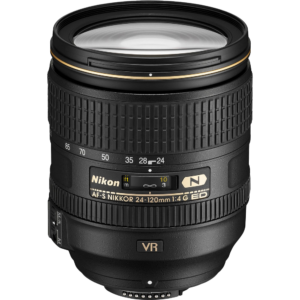
Remember – you don’t have to be restricted to native Z-mount lenses! The Nikon F-mount system offers a number of fantastic lenses that can be picked up at a great price, particularly if you’re willing to shop second-hand. The Nikon FTZ adapter allows these lenses to be used in most cases with full functionality of stabilisation and autofocus. One of our favourites from the older system is this versatile zoom, which runs the gamut from wide 24mm to a telephoto 120mm, and is ideal for shooting in situations where you don’t know what to expect. The optical quality is also top-notch, with absolutely superb edge-to-edge performance right the way through that zoom range.
Nikon Z 24-70mm f2.8 S
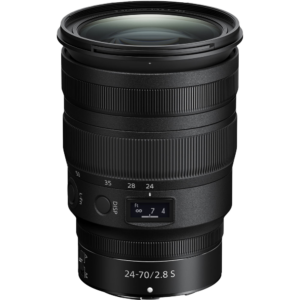
This professional S-line zoom lens delivers absolutely superb performance from edge to edge, just as you’d expect. The Nikon Z 24-70mm f2.8 S pairs brilliantly with the Z6 II for outstanding full-frame imagery, and its weather-sealed body is also protected from dust and moisture. The control ring is customisable, so you can set it to your preferred function, and with a minimum focus distance of 38cm, it’s a great lens for getting in close.
All the images used in this blog post are courtesy of Nikon.

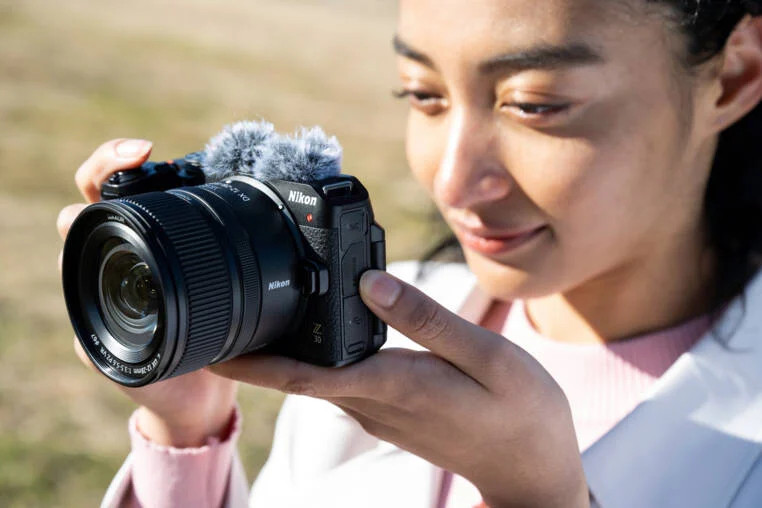
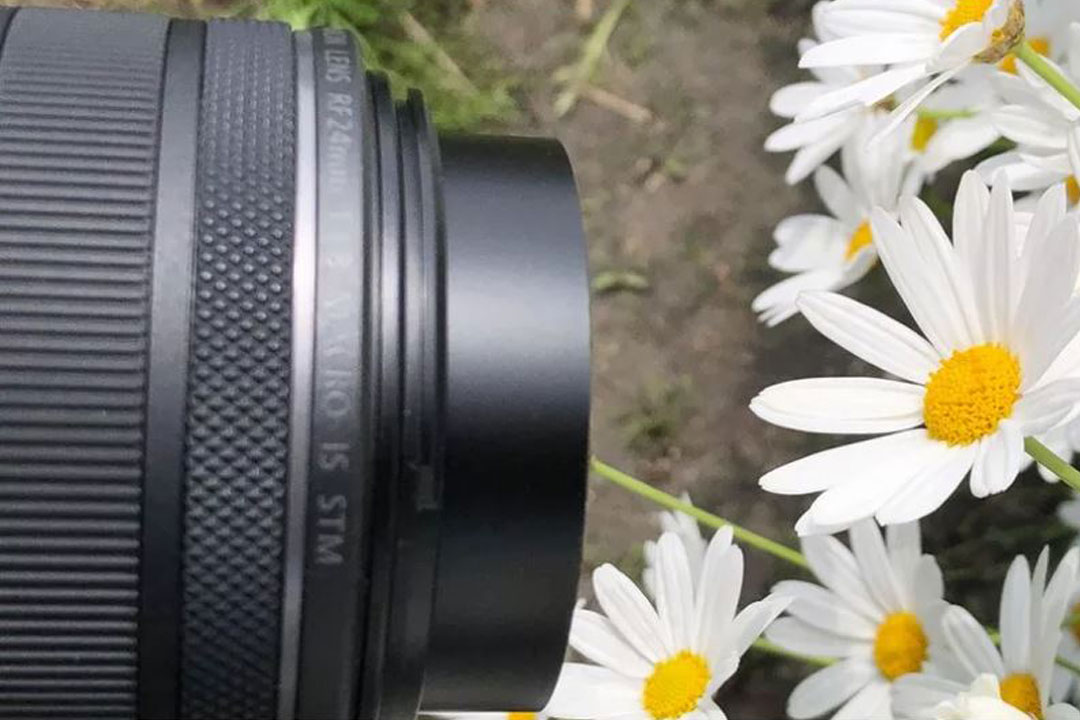
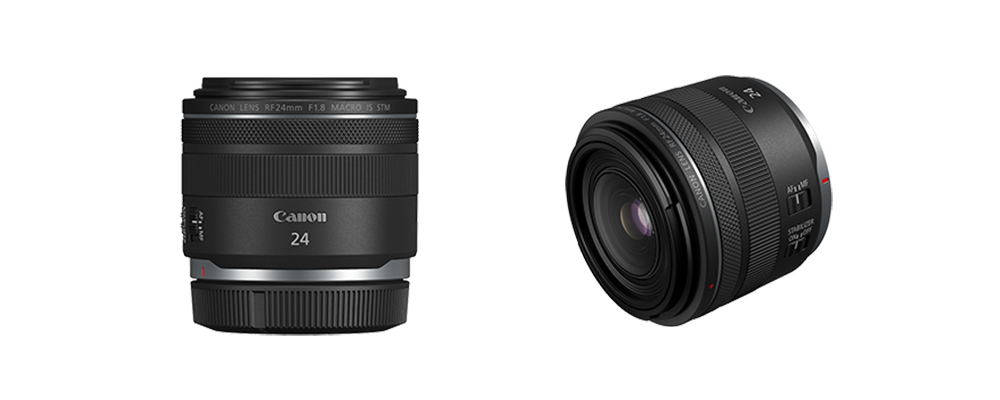 Canon RF 24mm f1.8 Macro IS STM Key Features
Canon RF 24mm f1.8 Macro IS STM Key Features